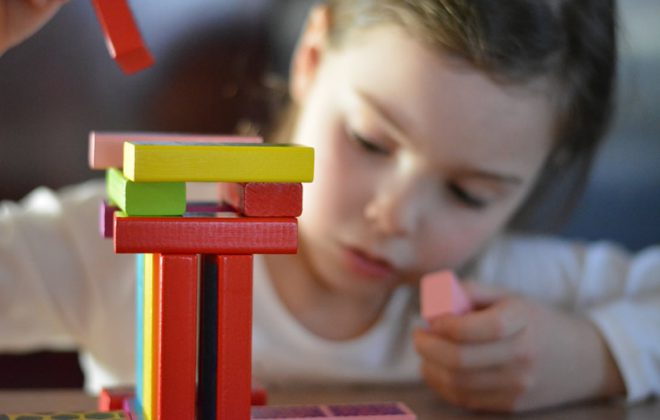Ep16 – Communication and Nagging
There is listening, and then there is really listening. If two people are talking to each other, or even communicating without actually talking (you know, using all that non-verbal stuff), the effectiveness of this communication depends on how much respect you give to the other person. How well do you listen to your child? How much attention and respect do you give to what they have to say?
Key points
- Listen without a filter
- Mirror back with words and gestures to demonstrate we’ve heard
- Be consistent
- Respond by describing how we feel
- No means no
Communication through collaboration
Effective communication requires a collaborative approach. You need to demonstrate to your child that you have heard and understood them by the response you give back. We demonstrate this (through our response) that we heard what was actually said, not what we thought was going to be said, that we are listening ‘without a filter.’ This allows our child to feel like they are truly connected with us.
If we are able to do this, then we are constructing this communication together. Our child then feels respected —that they have been taken seriously.
Mirroring
Another good listening technique is to acknowledge what our children are saying to us. If we mirror back, with words and gestures, our understanding of what was said, it allows them to know we’ve heard and understood them (or if we’ve got it wrong, to correct any misperceptions). It gives them hints and clues that we really are listening. A nod of the head, good quality eye contact while squatting down at their level, a ‘hmm’ and an ‘oh’ at the right time. They then know we’ve been listening, and haven’t even interrupted them!
It’s not about interrogations and commands; we need to let them know that their voice, their opinion, is as valid as ours is. This gives them a sense of self-worth.
In highly charged emotional situations, this becomes even more important. Listening to our kid’s feelings and desires does not mean we are giving into them. We are just showing we respect their emotions enough to hear what they have to say.
If we can do this reasonably consistently (and none of us will be perfect at this), this allows our children to learn where they fit into our world. It gives them an emotional compass. This is especially so if we are fortunate enough to be their champion — that important person in their life who gives them that unconditional love.

Now, I did say that none of us will be able to demonstrate these great listening skills all the time. We may be distracted by our favourite TV show, be half-way through reading an email or on the phone. So, it will fall down at times. Don’t panic! Don’t feel guilty!
You can always repair a broken down communication. Just try and have the radar out for when these breaks occur. The sooner you can turn away from the phone/ computer/ TV/ other adult and take notice of the child tugging at your leg and trying to get your attention, the better. Communication between people is a constant series of breakdowns and repairs— this is natural.
Responding
Now, we’ve talked about listening, let’s talk about responding. Firstly, try to be honest. Children are still novices at this emotional communication stuff, so if we hide things from them it just confuses them. If you are experiencing an emotional wobbly, let them know. If you’ve got a face like a thundercloud (say you’ve copped a red light camera while running late) and they ask you if you are ok, and you reply ‘Everything’s fine!’ through a clenched jaw, this can be pretty confusing.
When we do respond, we should describe the way we feel about things. This is the stuff our kids are trying to get their heads around. We can also demonstrate to them when we are attempting to get into other people’s heads, when we are wondering what they or other people are thinking about the same situation. This fosters their ability to connect with other minds.
Also, through responding, we are aiming to get two agendas out on the table. If we are having a conversation where only our point of view is known, our child feels disregarded. If we are only hearing their point of view and not giving ours, then we are not effectively guiding.
Nagging
A note on nagging (of the kid’s variety)
Let’s just say you are being nagged by your child to buy some lollies. Persistence is not a characteristic likely to be found lacking in your offspring in such circumstances. Some prior reflection about how you handle this situation if very useful here.
Let’s assume you’ve decided that there is nothing more to discuss. You’ve heard your child’s point of view (they want lollies) and tried to give them yours (it will spoil their dinner), but well, it just ain’t happening — the message is not getting through. You have to make a decision here, and the earlier you make it the better. Your potential responses to the nagging include:
- Best — No (calmly).
- Second best — Yes.
- Third best – No…yes.
- Worst— No. No. No. NO! Oh, alright, yes already!
In this last one, you are teaching them exactly what you don’t want to teach them, that if they persist with nagging they can break you. Their persistence is being rewarded. No means no, even if this results in an embarrassing tantrum at the supermarket checkout (We’ve all been there, believe me, even if the old biddy behind you in the queue suggests otherwise.) You have to make your no’s count.
If you have time, you can go back to the negotiating table later and explain the reasons for your decision. If they come up with a reasonable argument in the negotiations for getting the lollies (eg ‘You forgot to pack my lunch in my school bag and I’m starving.’ — yes, ahem, a few absent-minded fathers may have done this over the years) then you can change your mind.
This is not breaking your authority through persistence, this is negotiating their way out of a situation, a skill we want our kids to have. You are also modelling flexibility here.





